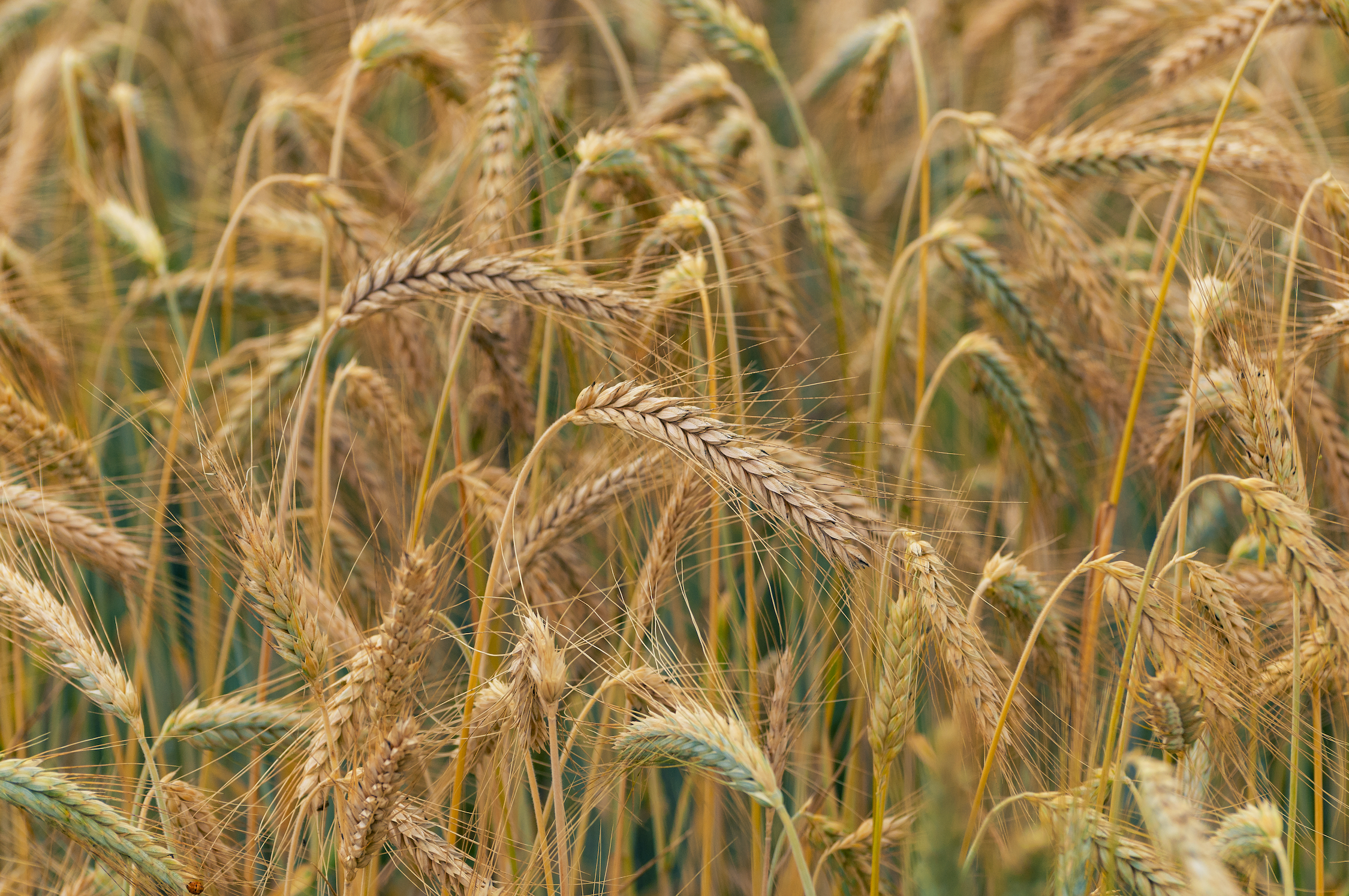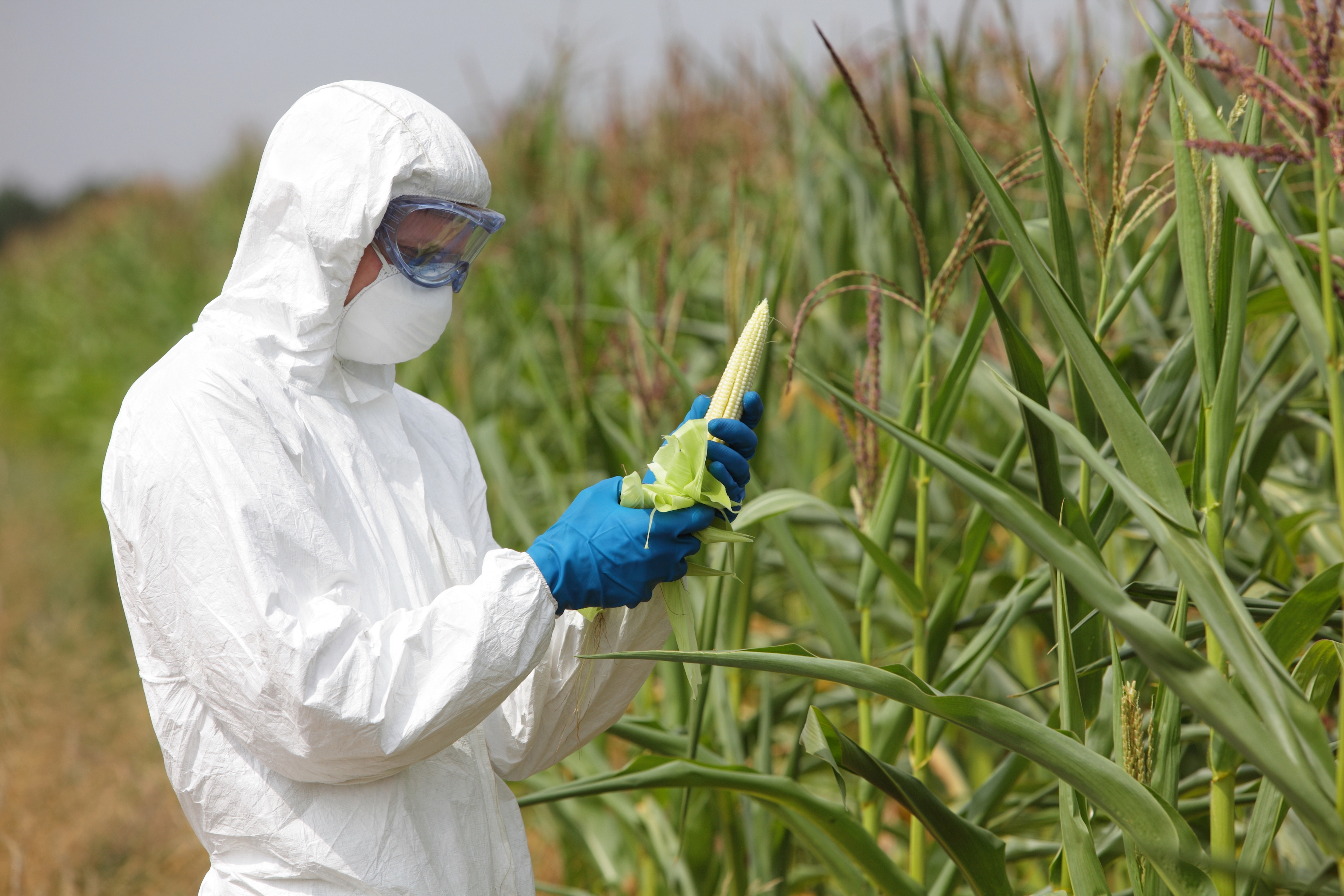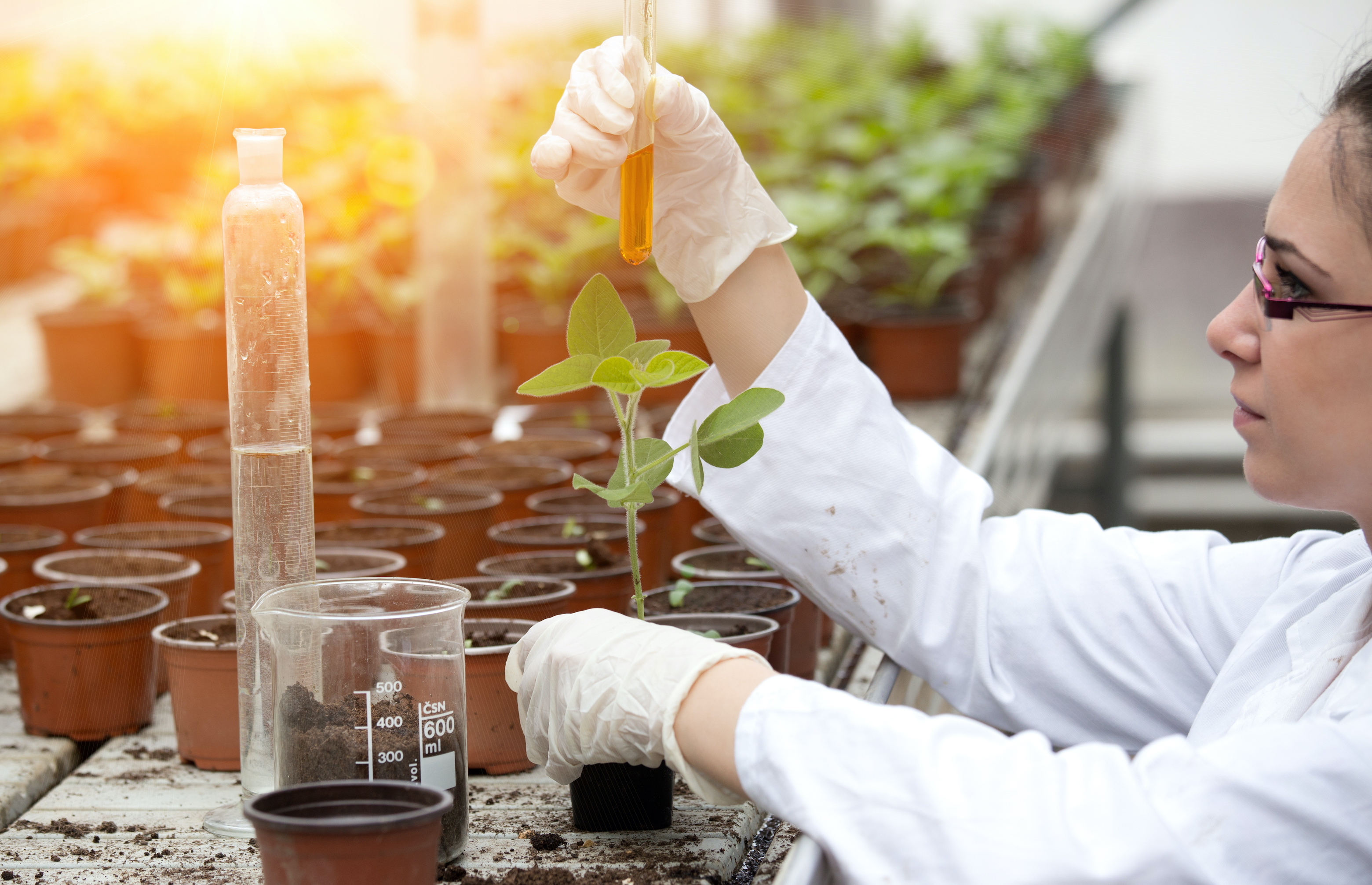Although people commonly talk about the genetic modification of plants, especially in regards to the foods that we eat, as something that’s been going on for millennia (farmers have been selecting and choosing particular qualities in food plants ever since the dawn of agriculture), it’s more accurate to say that there has been a pretty sharp shift in how people have thought about and then gone about genetically modifying crops since about the turn of the 20th century. We can associate that shift principally with a change in thinking about how heredity works: the idea that material entities, referred to as genes, remain stable over time and can be recombined into different patterns to create new plants, crops and animals. Thus, when we think about the history of genetically engineering plants, it’s helpful to mark a breaking point at the turn of the 20th century when people started thinking about genes in these new ways.
The long history of plant breeding
Melvin Kranzberg Professor in the History of Technology
- Selecting and breeding desirable qualities in plants has existed for a long time. It’s a time-consuming process, so in the early twentieth century some plant breeders hoped to provoke genetic mutation to speed up the process.
- Mutation experiments didn’t work out as planned. However, other approaches were very successful, and crop choices narrowed as breeders created plants ideal for industrial agriculture.
- Now, plant genetic engineering exists through recombinant DNA and gene-editing, tools that have had a significant impact on our ability to intervene in evolution – but not without risks.
A sharp shift

Photo by Robert Avgustin
Exposing plants to radium
One of the first ways plant breeders went about trying to provoke changes in genes was by exposing them to things that were thought to cause genetic mutations. An early example of this was the exposure of plants to radiation from the radioisotope radium. The radium rays were thought to transform something about the genetic material of a plant, causing a new trait to appear that would then be passed on from generation to generation. Therefore, people exposed plants, or put plants close to a radium source, as it grew, to cause these transformations. One way to think about the very early history of genetic engineering is to look into some of these tools that were imagined very early on as provoking heritable changes that today we consider genetic mutations.
Generating traits on demand
As plant breeders and geneticists (and other kinds of biologists) have sought to develop new varieties of plants or animals, one of the things that has always been felt is that the variation that exists in the world could be useful if brought in, for example, to the crops that we eat. Notwithstanding, this is a time consuming process. You have to know where to find that inheritable variation. You have to know what plants it grows in or what part of the world you might find those plants, and then you have to be able to gather and keep that material so that it’s available when you need it.
One of the early ideas behind provoking genetic changes in plants through mutation was the idea that you could eliminate this time consuming and resource consuming search for genetic variation. If you simply caused a genetic change to occur through a mutation then you might have a new trait. For example, you might have an orange that is more resistant to cold or frost, which might allow you to grow it in different kinds of environments, or you might create a wheat variety that had a new trait that let it be resistant to a certain kind of disease and so on. Consequently, the motivating vision behind inducing mutations as a form of genetic engineering was that instead of looking around the world for wheat that had this trait for disease resistance, you might generate that trait on demand. The promoters of mutation breeding, as it is sometimes referred to, in the middle decades of the 20th century sought to speed up evolution.
Speeding up evolution

Photo by Marcin Barlcerzak
One of the things that’s important to understand about the history of ideas about genetic engineering, and particularly this notion of speeding up evolution by inducing mutation, was that even though there was a lot of interest in it during the middle decades of the 20th century, it didn’t pan out as promoters had hoped. As a result, people aspired for technological development, improvement and enhancement that would happen more efficiently and more quickly.
Throughout much of the 20th century, breeders ended up relying on the same techniques that they had started using and developing much earlier in the 20th century and even before: processes that needed to unfold over many generations and relied on combining variation as it already existed in the world. This doesn’t mean, however, that they weren’t incredibly skilled at crafting new varieties of plants for use in agricultural production and that the new varieties they produced didn’t have profound effects.
One trend that we saw over the course of the 20th century as breeders worked towards developing ideal plants for agricultural production was a narrowing of the kinds of crops that were deemed acceptable for industrial-scale production. The search for variation in the world and for tools that would speed up plant breeding was part of a larger ambition for a more efficient and mechanised industrial agriculture in general. That had profound effects on the way that we grow crops, and also on the foods that we eat.
GM crops and recombinant DNA
When people talk about genetic engineering today, what they have in mind is often a set of technologies and the plants that developed from those technologies in the 1970s and afterwards. We commonly refer to these as GM crops, or “genetically modified” crops, which rely on recombinant DNA technology. People might also think of a more recent set of technological developments, which we refer to as “gene-editing” that were developed through the use of CRISPR/Cas9. Accordingly, genetic modification and “gene-editing” are the products of the end of the 20th century, particularly of developments in molecular biology, that have allowed plant breeders to ultimately intervene more precisely and cause more dramatic effects, in terms of the kinds of crops that they were producing as well as the types of crop landscapes that farmers were able to produce as a result.
This suite of technologies has had a significant impact on our ability to intervene in evolution. When we think back to those mutation technologies, it’s tempting to compare the two and say that maybe we’ve been trying to achieve the same sort of technological intervention all along. Perhaps the new genetic technologies, such as recombinant DNA or gene-editing, are no different from all of the tools we’ve used along the way. That’s an important argument for some people to make because it lets them say that we shouldn’t assess the risks of those technologies any differently than those that were attempted in the past.
The big picture of technological systems
There’s some validity to that argument, some reason to say that our technological ambitions have been there all along, and we’re just better able to realise them now. Still, if we don’t stop and look at the big picture of the technological and regulatory systems and the policy environments in which these technologies are embedded, we miss some crucial changes that separate the genetic technologies of yesterday from the genetic technologies of today. For example, one of the significant differences lies in the kinds of intellectual property that people can claim in the products of today’s biotechnological interventions. It’s possible to control the products of biotechnological developments in the marketplace much more powerfully than in the past, for example with the products of mutation breeding. People who produce today’s biotechnologies are given a lot more control over the shape that agriculture takes, as well as control over the foods that we regularly eat.
When we think about the risks or the benefits of genetic technologies, we can’t just point to the past and say, ‘Well, we’ve been working towards this goal all along’, or, ‘We’ve always been modifying crops as long as we’ve been farming them’. Instead, we have to see that technologies take shape within a particular social and political environment, which has direct meaning and implications for the politics and ethics of putting those technologies to use.
Hazards of biotechnologies

Photo by Budimir Jevtic
Today, people often talk about biotechnologies’ risks or hazards, especially as they relate to agriculture, and so people have concerns about genetically modified crops. They tend to focus on the health aspects – whether crops have been changed in ways that might adversely affect us as consumers of those crops. They also worry about environmental impacts – whether those are the impacts of increased pesticide use, for example, or other kinds of environmental harms that might be caused by introducing new genetic material or new organisms into the environment.
However, there’s another kind of risk or hazard that might be attendant on biotechnologies that probably deserves more consumer concern and recognition: how biotechnologies and the regulations and policies that have taken shape around them have contributed to the consolidation of control over agricultural production. For example, the increased use of genetically modified crops in the United States has been strongly associated with a dwindling number of seed companies and other purveyors of technologies for farmers, which ultimately limits our options.
There’s only a limited number of people who are making the crops of the future. Only a few companies can sell those crops. Moreover, farmers are in close relationships with those companies and cannot opt-out of working with them. This is true increasingly in other places in the world as well. Thus, one of the challenges moving forward is creating a regulatory infrastructure that also helps develop a more diverse and more open biotechnologies marketplace. Additionally, we must also consider the risks and benefits of biotechnology in that sphere.
Discover more about
Plant breeding and technology
Curry, H. A. (2016). Evolution Made to Order: Plant Breeding and Technological Innovation in Twentieth-Century America. The University of Chicago Press.
Curry, H. A. (2016). Atoms in Agriculture: A Study of Scientific Innovation Between Technological Systems. Historical Studies in the Natural Sciences, 46(2), 119–153.
Curry, H. A. (2015). Speeding Up Evolution: X-Rays and Plant Breeding in the United States, 1925–1935. In Phillips, D. and Kingsland, S. (Eds.), New Perspectives on the History of Life Sciences and Agriculture (pp. 459–478). Springer.